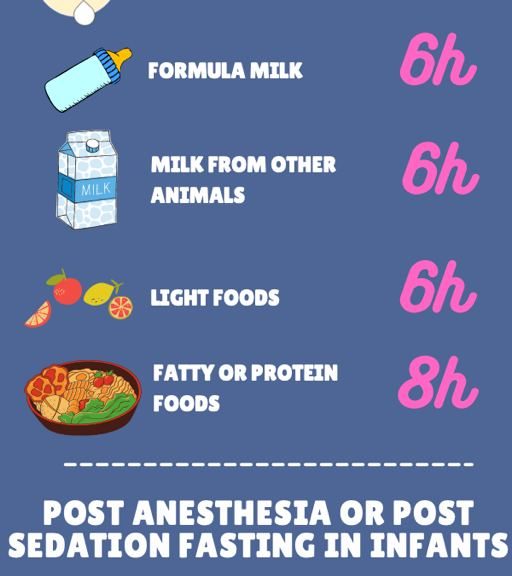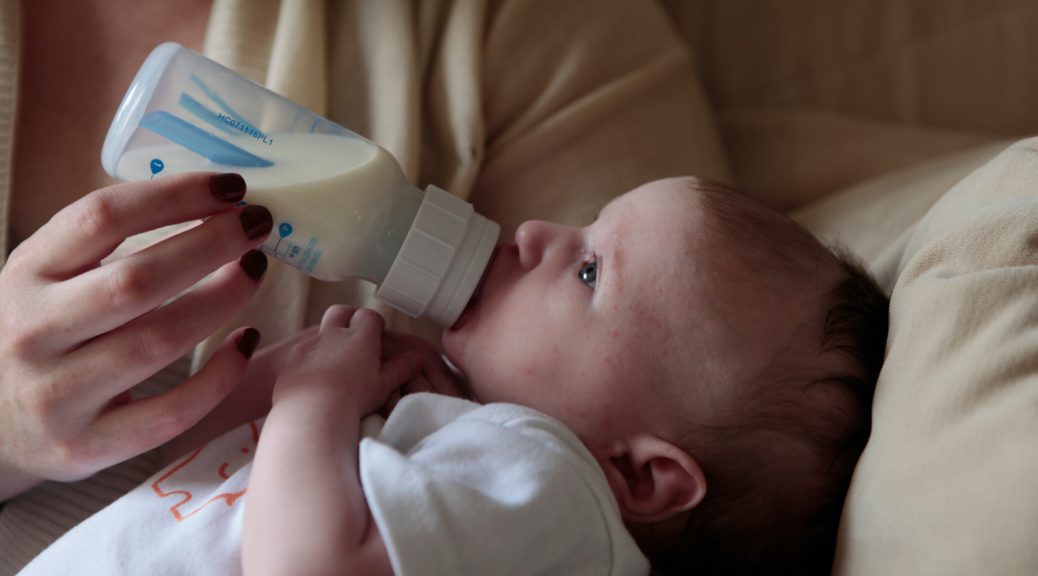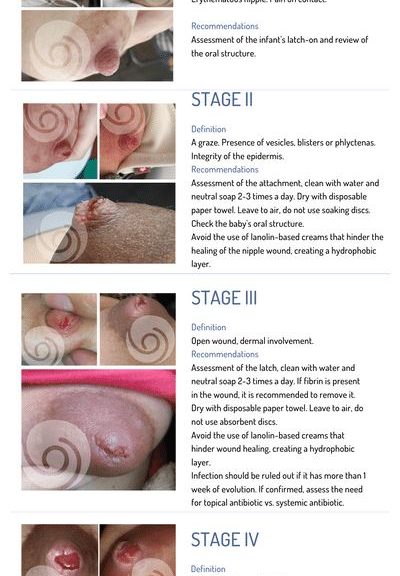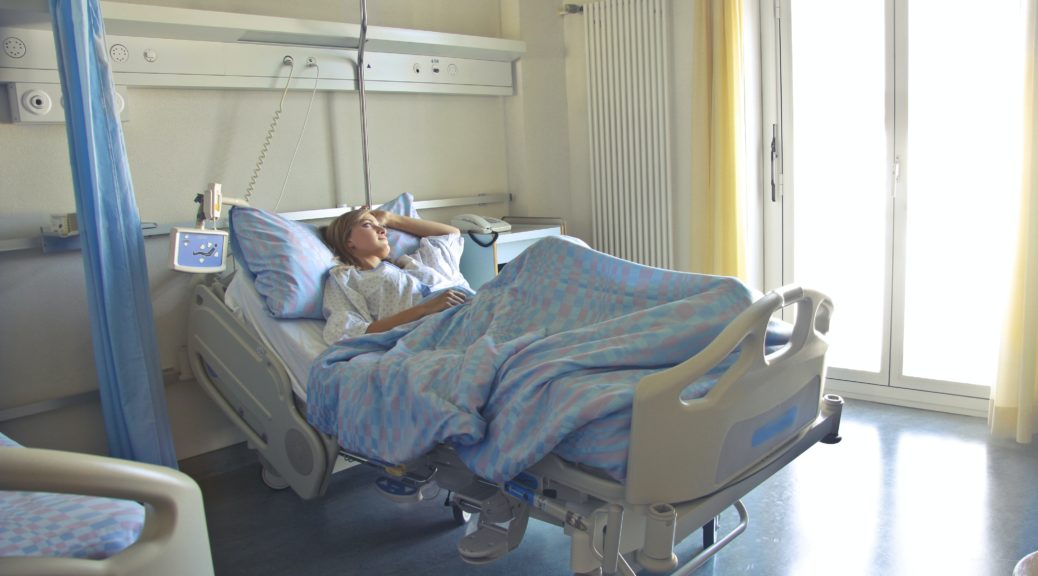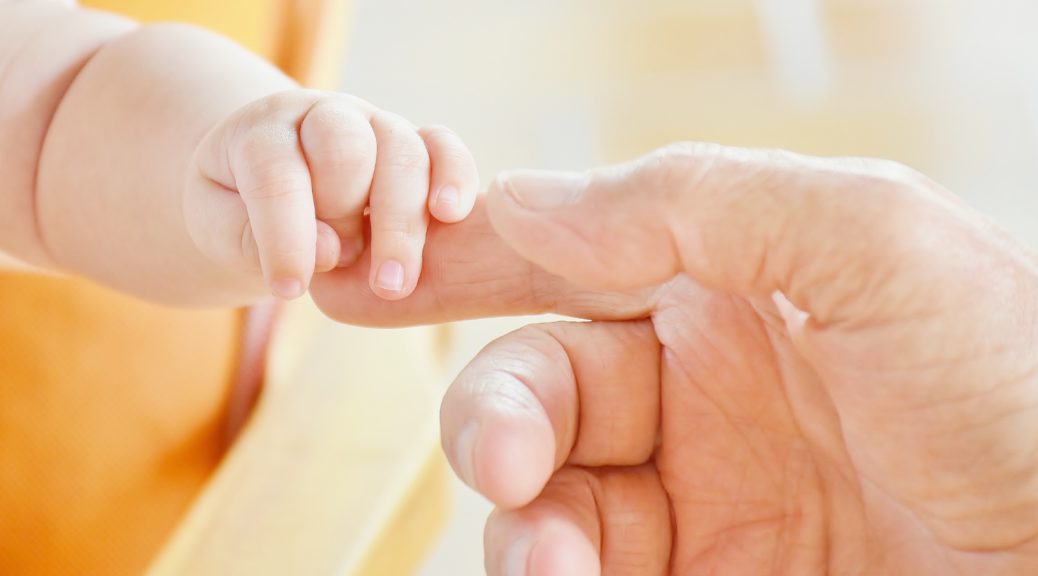Fasting recommendations for breastfed infants and children
Sometimes, it is necessary to perform medical procedures on infants or young children that require fasting beforehand, mainly for procedures under sedation or anesthesia. These procedures include performing certain diagnostic tests that require immobility or are painful, certain treatments or surgical interventions. The main reason for recommending fasting is to avoid bronchoaspiration of regurgitated gastric contents with potentially serious consequences. Other procedures do not require fasting beforehand, even though in some interventions they are still recommended, but in fact, it has…
